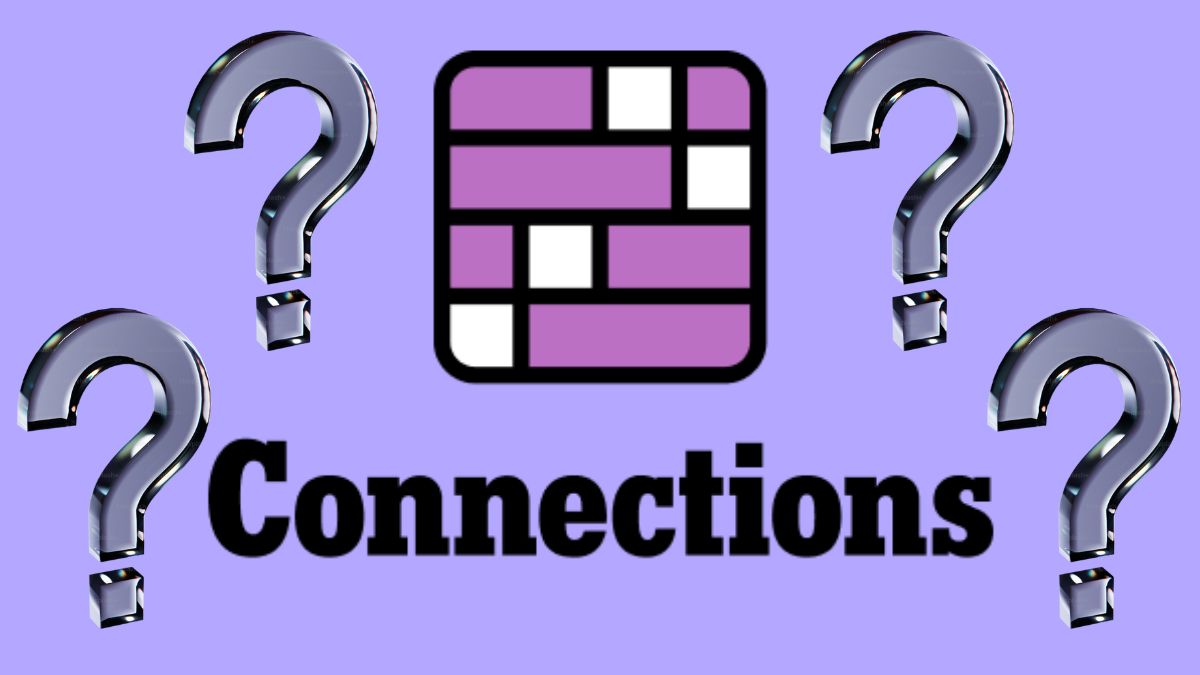Brief Details (1,500 words):
A daily brainteaser, The New York Times’ Connections game has become incredibly popular among puzzle fans. Players must arrange a list of sixteen things into four groups of four using common themes or connections in this entertaining word-association game. Even the most experienced players are frequently challenged by the game’s subtle and occasionally hidden connections, despite its apparent simplicity.
Using searches like “connections answers today Forbes,” “NYTimes connections answers today,” and “connections answers today Google search,” a lot of gaming lovers look for information to help them solve challenging puzzles. We’ll explore the reasons behind this puzzle’s addictive nature in this guide, offer solutions, and discuss how to use Google searches, Forbes, and the NY Times in a responsible manner to improve your gameplay.
The NYTimes Connections Game: What is it?
Players are given a collection of sixteen items in the word-based puzzle game Connections. Sorting these words or phrases into four groups of four, each with a common subject, is the goal. From broad categories like “fruits” or “colors” to more specialized links like “types of dances” or “Oscar-winning movies,” themes can take many forms.
Finding the appropriate groupings is difficult since certain things may fall under more than one category, producing false leads. According to the other pieces in the puzzle, the term “Mercury,” for instance, might be associated with a class of planets, Roman gods, or minerals.
Why Do Individuals Look for Answers to Connections?

Players may become frustrated by the Connections game’s rising difficulty, even while they like solving problems on their own. Because of this, a lot of people use searches like “NYTimes connections answers today” or “connections answers today Forbes” to look for help. Players search for answers for the following reasons:
1. Dissatisfaction with Difficult Puzzles: Players may not instantly comprehend certain puzzles’ cryptic connections or themes.
2. Need for Fast Solutions: Gamers who are too impatient or time-constrained to work through the puzzle by hand may search for pre-made solutions.
3. Learning from Mistakes: Players can better identify similar patterns in future puzzles and comprehend their mistakes by reviewing their solutions.
4. Friendly Competition: In order to stay competitive, many players compare times or scores with friends and look for answers.
Where to Look for Trustworthy Connections Solutions
1. Forbes: Forbes frequently releases analysis of well-liked games, such as the NYTimes Connections. They are a reliable source for gamers because their articles may contain solutions or explanations of the daily problems.
2. The New York Times Website: The Connections puzzle can be accessed on the official NYT games website. Although players are encouraged to work out problems on their own, there are occasionally hints and advice offered.
3. Google Search: Players contribute daily solutions on a variety of blogs, forums, and discussion boards that may be found by just searching for “connections answers today.”
4. Online Puzzle Communities: Discussions about Connections are lively on sites like Reddit, Twitter, and Discord. A collaborative atmosphere is fostered by the large number of users who share their solutions and tactics for the daily challenge.
Some Advice for Resolving Connections Conundrums
Finding solutions might be useful, but developing your own puzzle-solving abilities is just as crucial. To become an expert at the Connections game, follow these tips:
1. Begin with Clearly Identified Groups: Look for things on the list that obviously belong together. For example, “rose,” “daisy,” “tulip,” and “orchid” probably comprise a group of flowers.
2. Take into Account Several Connections: Certain objects may fall under more than one category. For instance, “orange” can belong under “fruits” or “colors.” Prior to deciding on groups, determine which alternatives overlap.
3. Employ Elimination: Take out anything that doesn’t belong in a group if you’re not convinced about a relationship. You can reduce your possibilities by using this process of elimination.
4. Think Creatively: Be receptive to connections that are less clear-cut or abstract. Words that have a common prefix, suffix, or cultural reference, for instance, may be included in a group.
5. Practice Often: Resolving puzzles on a regular basis can enhance your capacity to spot connections and find patterns.
Example of a Puzzle Dissection
An illustration of a Connections puzzle and its resolution is provided here:
Things:
• Mercury
• Venus
• Mars
• Jupiter
• Red
• Blue
• Green
• Yellow
• Apple
• Orange
• A banana
• Grape
• Picasso
• Cash
• Van Gogh
• Da Vinci
Answer:
1. Planets: Jupiter, Mars, Venus, and Mercury
2. Colors: Yellow, Green, Blue, and Red
3. Fruits: Grape, Banana, Orange, and Apple
4. Well-known artists: Da Vinci, Picasso, Monet, and Van Gogh
You can methodically choose the appropriate categories by closely examining the objects and taking into account a number of possible links.
Appropriate Use of Connections Responses
It can be tempting to rely on answers from sites like Google or Forbes, but the secret to having fun with the game is to use them sensibly. Consider utilizing partial solutions or hints to help you think instead than just copying answers. This method lets you study and get better at solving puzzles while still getting help when you need it.
In conclusion
Playing the NYTimes Connections game is a fun and rewarding method to test your cognitive abilities. Even though it could be tempting to use searches like “NYTimes connections answers today” or “connections answers today Forbes” to find quick answers, practicing on your own will improve your cognitive abilities and increase your enjoyment of the game.
Keep in mind to use online forums, Forbes, and the NYTimes website appropriately, regardless of your level of experience. You will quickly master the Connections puzzle and experience the joy of resolving even the most difficult problems by combining your own problem-solving skills with sporadic suggestions.
